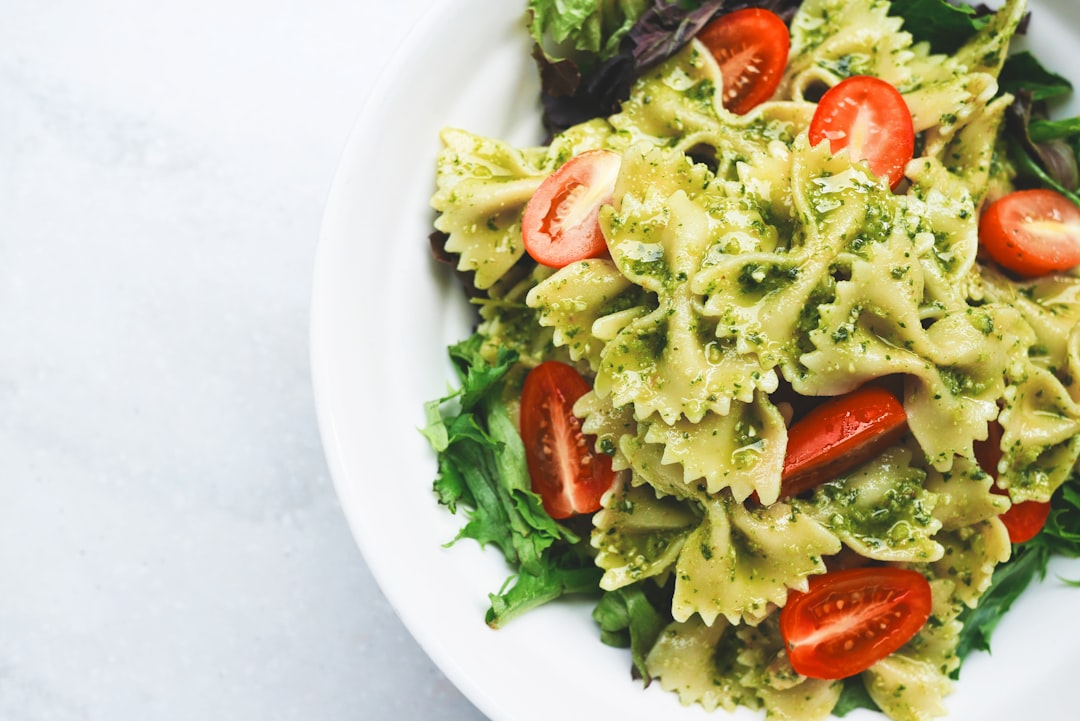
Culinary Journeys: Must-Try Dishes Around the World
# Introduction. Travel is not only about the sights you see but also the incredible flavors you'll encounter. Culinary traditions can reveal a lot about a culture, locale, and history. Each region has its signature dishes, often made with local ingredients or attributed to unique cooking techniques. This guide will take you on a flavorful adventure around the globe, highlighting must-try dishes that every traveler should savor. # 1. Italy: Risotto alla Milanese. No trip to Italy is complete without indulging in the golden-hued Risotto alla Milanese. Originating from Milan, this dish is known for its creamy texture and unique flavor, stemming from the generous use of saffron. Each bite delivers an exquisite blend of arborio rice, which absorbs the hearty chicken or beef broth, coupled with Parmesan cheese for a velvety finish. Pair it with a glass of Italian white wine for an authentic experience. # 2. Japan: Sushi & Sashimi. Japan offers a culinary experience like no other, notably featuring sushi and sashimi. These dishes represent precision and artistry, showcasing fresh seafood and vegetables. Sushi highlights rice combined with fish, while sashimi is simply sliced raw fish or seafood served with soy sauce. Venturing into a sushi bar not only offers a meal but also a visual delight as chefs prepare these dishes right before your eyes. Don't miss the chance to try nigiri, maki, and temaki styles. # 3. Mexico: Tacos al Pastor. Tacos are a staple in Mexican cuisine, but Tacos al Pastor holds a special place in the hearts of locals and travelers alike. This dish beautifully marries flavors from the Middle East and Mexican ingredients. Marinated pork is cooked on a vertical spit, similar to shawarma, and served in soft corn tortillas with pineapple, onions, and cilantro. Each bite bursts with flavor, making it a must-try when exploring the streets of Mexico City. # 4. India: Biryani. Biryani is a flavorful and aromatic rice dish that showcases the culinary diversity of India. Originating from Persian cuisine, Biryani’s evolution features endless variations, distinguished by local spices, types of meat or vegetables, and cooking methods. The most renowned types include Hyderabadi and Lucknowi Biryani. Expect a complex flavor palette with melded spices, tender meats, and fragrant rice that will transport your tastebuds straight to India. # 5. Thailand: Pad Thai. Pad Thai is a beloved street food dish that encapsulates Thailand's vibrant culinary scene. This stir-fried noodle dish incorporates rice noodles, eggs, tofu or shrimp, bean sprouts, and peanuts, all tossed in a sweet and tangy sauce. Street vendors serve it piping hot, often with fresh lime to squeeze on top. Experience a slice of Thai culture with this dish, making it ideal for those seeking authentic local flavors without formality. # 6. France: Coq au Vin. French cuisine, famous for its sophistication, offers Coq au Vin as a traditional dish that represents home cooking at its finest. This rustic chicken dish is braised slowly in red wine with mushrooms, bacon, and pearl onions. It reflects French culinary techniques passed down through generations and is perfect for those seeking to experience the warmth of French bistro fare. Pair it with a crusty baguette to soak up the rich sauce. # 7. Greece: Moussaka. Moussaka is a quintessential dish of Greek cuisine, made by layering eggplant with minced meat and topped with a creamy béchamel sauce. This baked casserole is not only delightful in flavor but also showcases the abundance of Mediterranean ingredients. The cooking process allows the flavors to meld beautifully, making it a comforting meal. Enjoy Moussaka in a local taverna while soaking in the beautiful Greek landscapes. # Conclusion. Exploring the world's culinary delights offers both an enriching and delicious way to experience different cultures. Every country has its own iconic dishes, each with a story that connects with the land's heritage and people. As you embark on your traveling adventures, allow your taste buds to guide you through local flavors and embrace each unique culinary experience. After all, food is a universal language that brings people together. .








